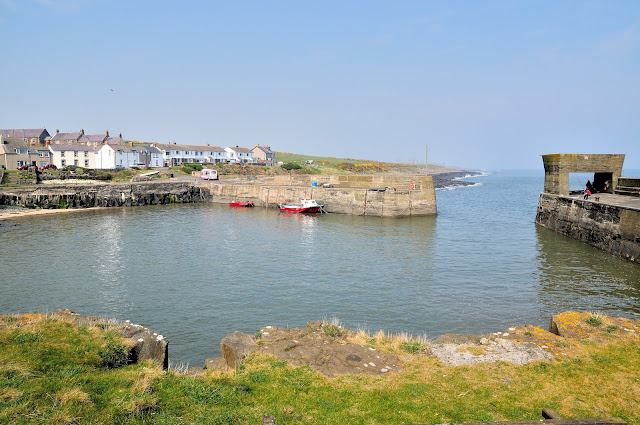Lindisfarne or Holy Island

Holy Island has a very special place in history as the birthplace of the Lindisfarne Gospels, among the most celebrated illuminated books in the world. According to an inscription added in the 10th century at the end of the original text, the manuscript was made in honour of God and of St. Cuthbert by Eadfrith, Bishop of Lindisfarne, who died in 721. Eadfrith played a major part in establishing Cuthbert's cult after his relics had been raised to the altar of the monastery church on 20th March, 698, the eleventh anniversary of his death. The Gospels may have been made in honour of that event. The book's original leather binding was provided by Ethelwald, who followed Eadfrith as bishop and died about 740. He had been associated with Cuthbert in his lifetime. An outer covering of gold, silver and gemstones was added by Billfrith the Anchorite, probably about the middle of the 8th century. Both covers have long since vanished but the manuscript itself has survive...


